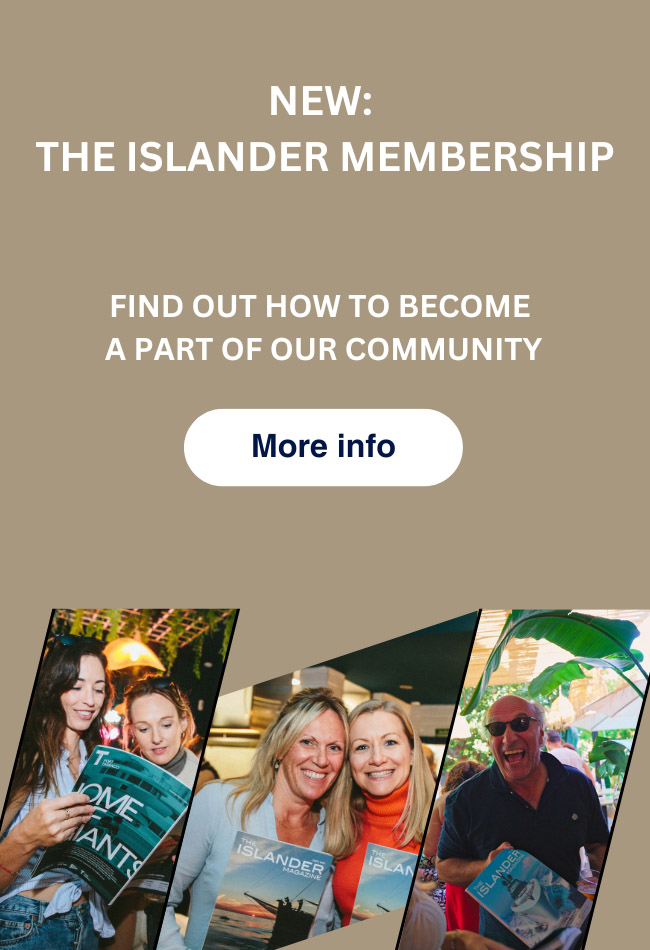There is a small group of islands 10 miles off the south-east coast of Mallorca, the largest of which is Cabrera Island, or Goat Island. The first people lived on the island around 2,000 BC and Greek and Phoenician sailors used it as a useful navigation point between modern day Spain and Italy around 1,000 BC. The Carthaginians and the Romans did the same 1,000 years later and number of ancient wrecks have been found in the shallow waters.

Pirates from North Africa soon started anchoring in Cabrera’s natural harbour, looking to intercept passing merchant ships or attack Mallorca’s villages. Guillem Saragossa built a watchtower overlooking the harbour at the end of the 14th Century and while guards used fire and smoke signals to warn the mainland, it was a dangerous job.
Piracy across the Mediterranean increased after the Ottoman Empire captured Algeria in 1529. The sea captain, Hayreddrin Barbarossa, wrecked the watchtower in 1531 and its replacement was captured by Dragut in 1550. The Ottoman threat ended following the Holy League’s defeat of the Ottoman navy at Lepanto, off the Greek coast, in 1571.
A century later the Sureda family built the hexagonal castle we see today. Very little happened on Cabrera during the 18th Century because plans to establish a village, a military hospital or a prison never materialised. There was also talk of exiling converted Jews to the island.
A new use was found for Cabrera at the turn of the 19th Century. Napoleon declared the Continental Blockade in 1806, meaning British imports could only enter Europe via Portugal. Spain and France signed the Treaty of Fontainebleau, allowing French troops to march through Spain en route for Portugal. Prime Minister Maneul de Godoy was hoping Spain could acquire Portugal but Napoleon deceived him and King Charles V of Spain was forced to abdicate.

They were eventually taken to Mallorca, where the ships anchored in Palma Bay. But the authorities refused to let them come ashore, even after the prisoners had spent time in Menorca’s isolation hospital. After four months at sea the senior officers were allowed to disembark in Palma while 4,500 men and 22 women were dumped on Cabrera Island.
The junior officers took over the castle while the rest were left to build makeshift shelters next to the bay. There were
During the winter, high winds and rain swept away their makeshift shelters and the death rate rose rapidly. But the authorities continued to leave more prisoners on the island; they would leave another 4,500 over the next six years.
Strong characters helped the survivors build small houses and the literate ones held classes. The men exchanged skills, using broad beans for currency, and some made items to trade with the sailors on the supply ships. A few even built a theatre in a cave overlooking the harbour.

Plans to settle immigrants after the French left never got off the drawing board and while a prison was built in 1830, proposals for a military hospital and fortifications were turned down. A lighthouse was set up in the 1860s to guide passing sailors. Miquel Umbert bought Cabrera Island in 1878 but the government stopped him renting it to British settlers and the legal battle bankrupted him. The Feliu family acquired it next and they developed Villa Cristina hamlet around the harbour while Can Feliu village had a chapel dedicated to Saint Petronella. The island’s vineyards prospered until the vine pest reached the Balearics and it wiped out Cabrera’s income and community in a season.
Very little happened on the island in the 20th Century except when there was a war. The Ministry of Defence took over the Guardia Civil barracks to stop German submarines started using the harbour in World War I. In July 1936 a Republican seaplane crash landed but a rescue party retrieved the crew. The island’s tenant family and the garrison’s officers were executed while the rest of the garrison were taken prisoner. A German plane crashed on the island in World War II and only one crew member survived.
Cabrera Island was declared a National Park in 1991 and there are daily trips from Colònia Sant Jordi out to it during the summer season. There are two types of boat trips and while the fast boat whisks you around the islands in a couple of hours, the slow boat trip lasts most of the day.
Can you keep my contact details the same with name, email, phone and webpage.
















0 Comments